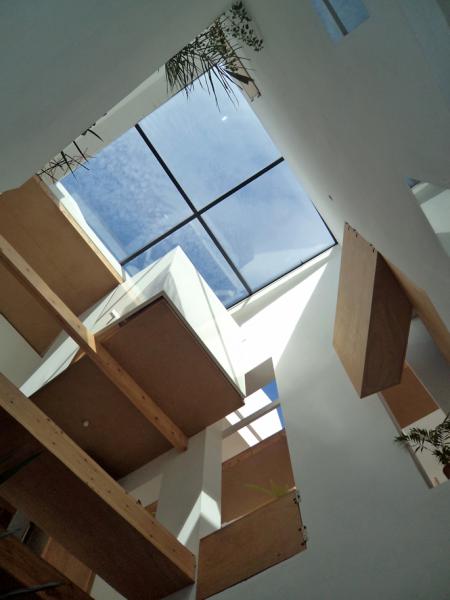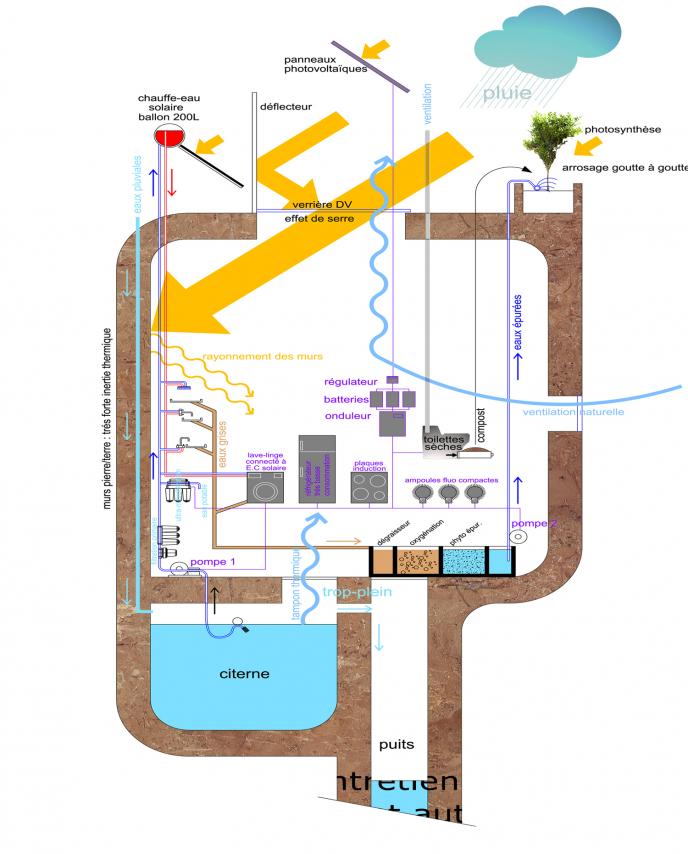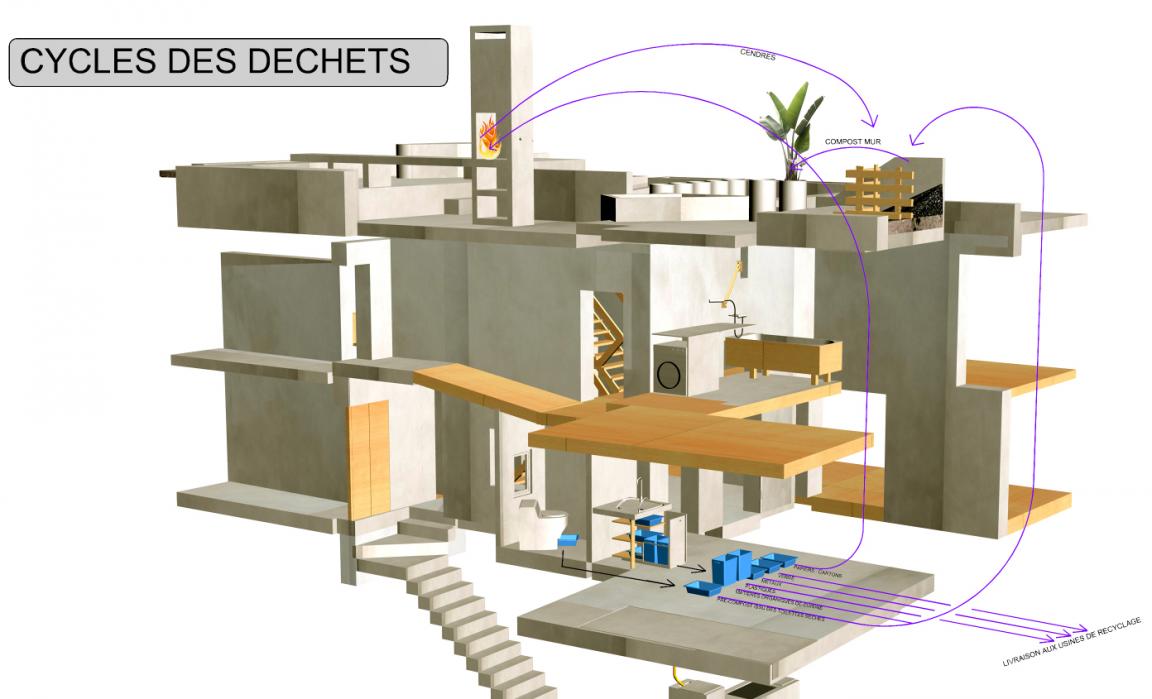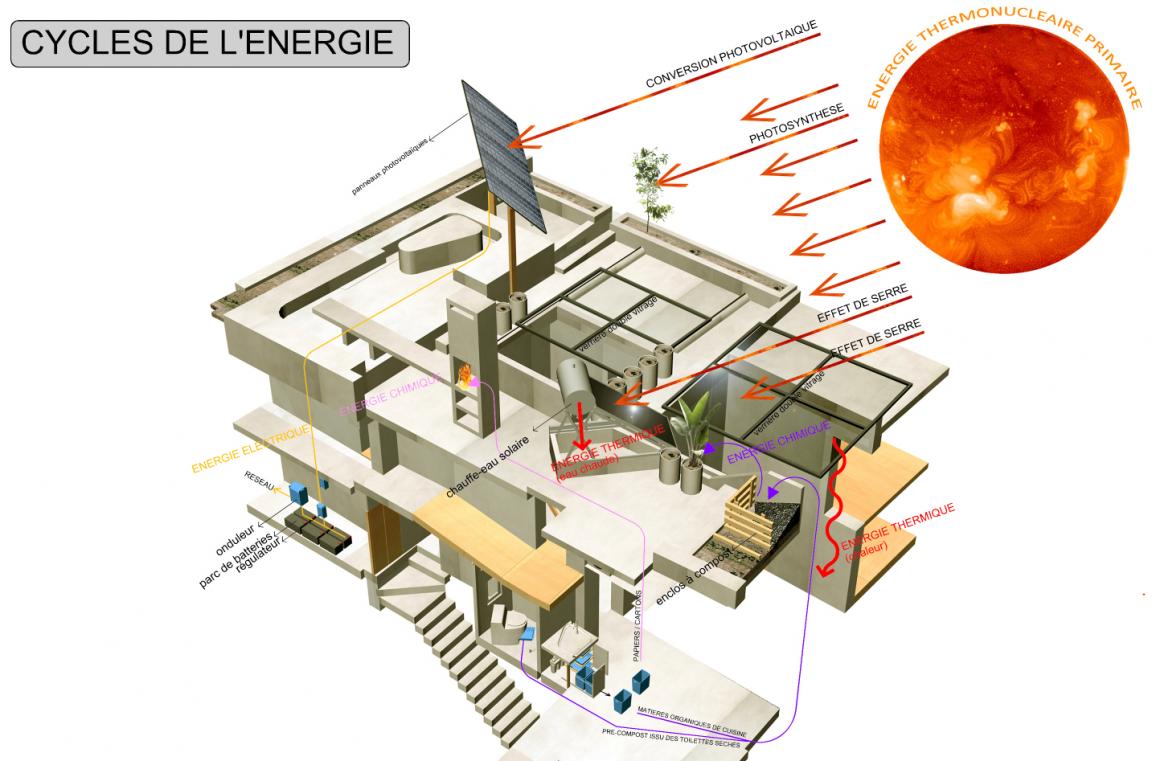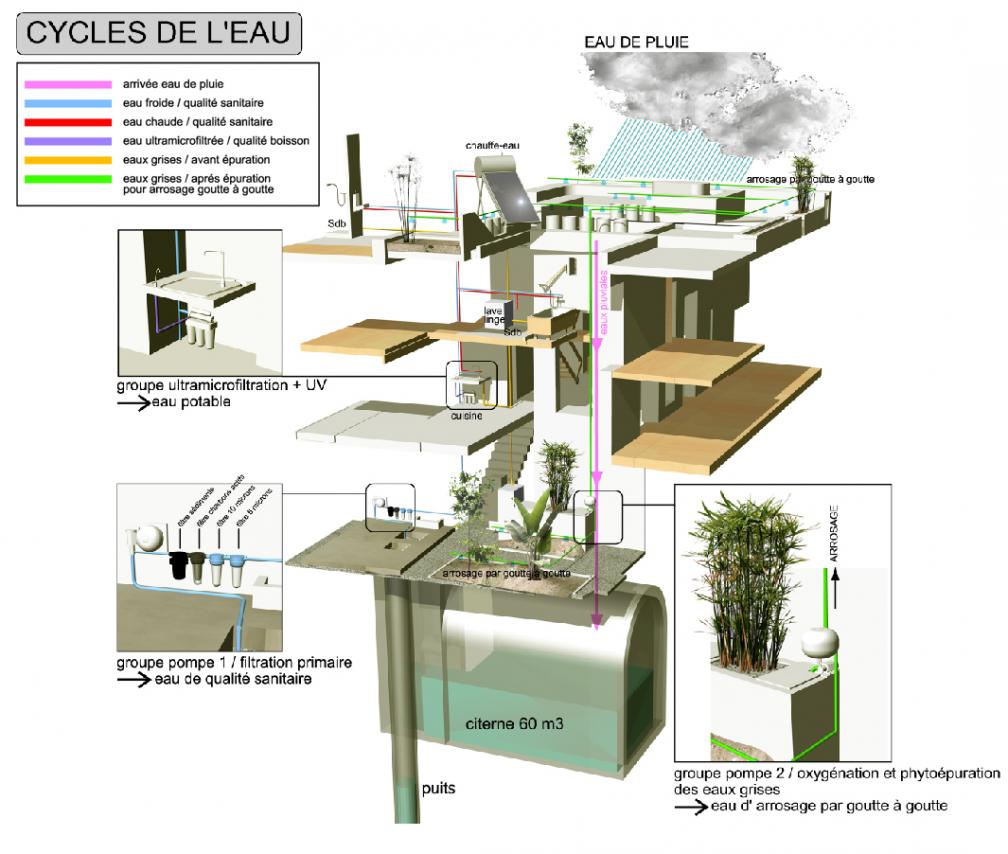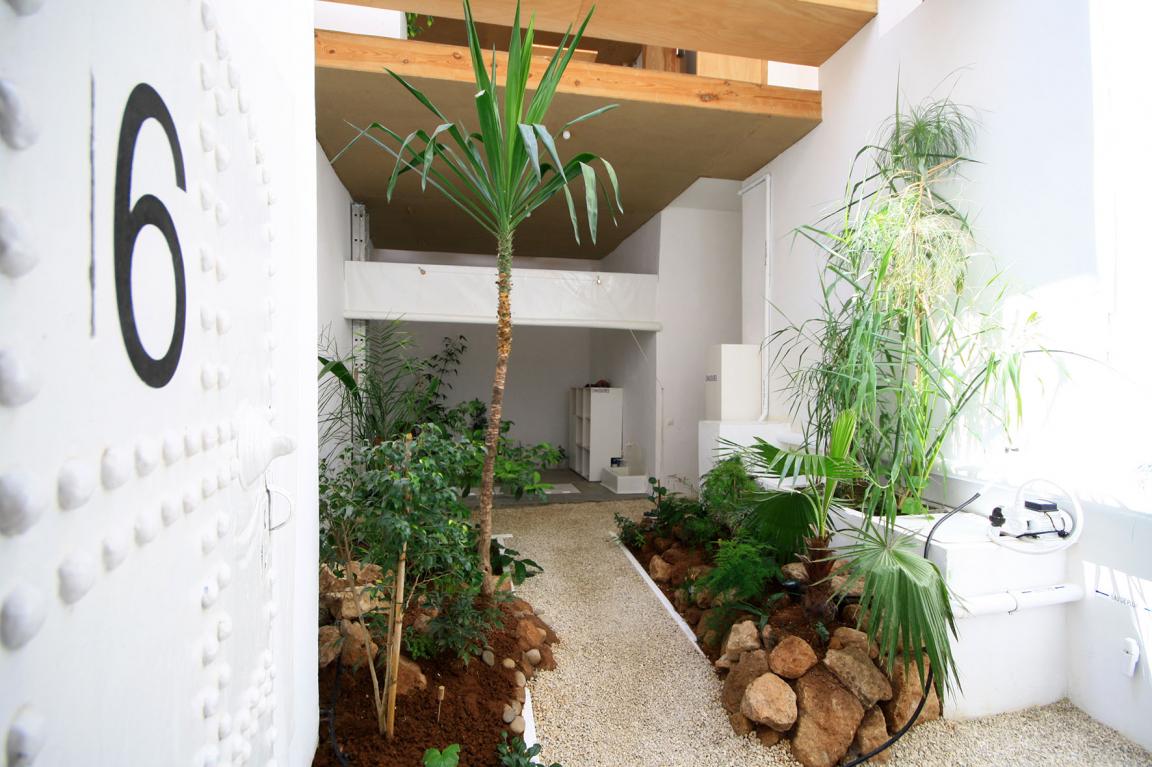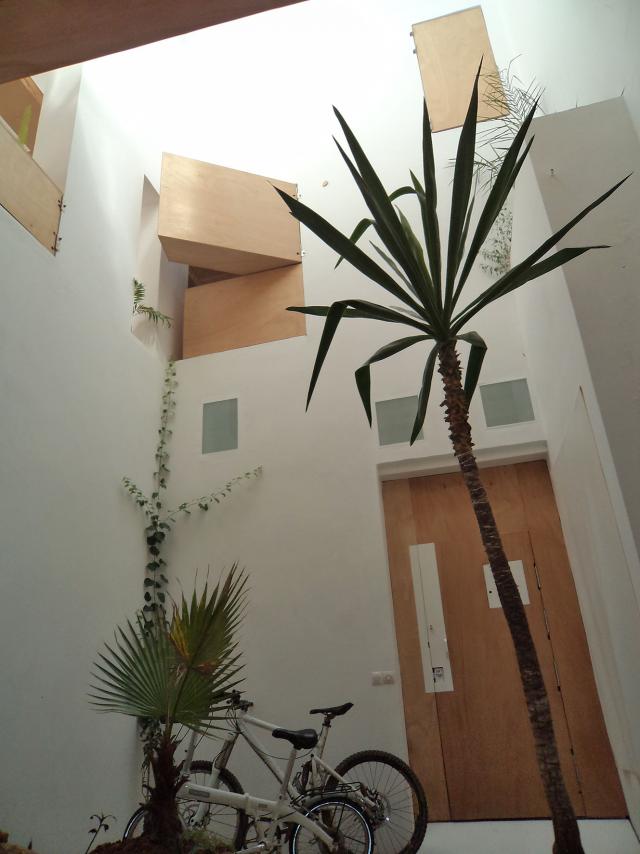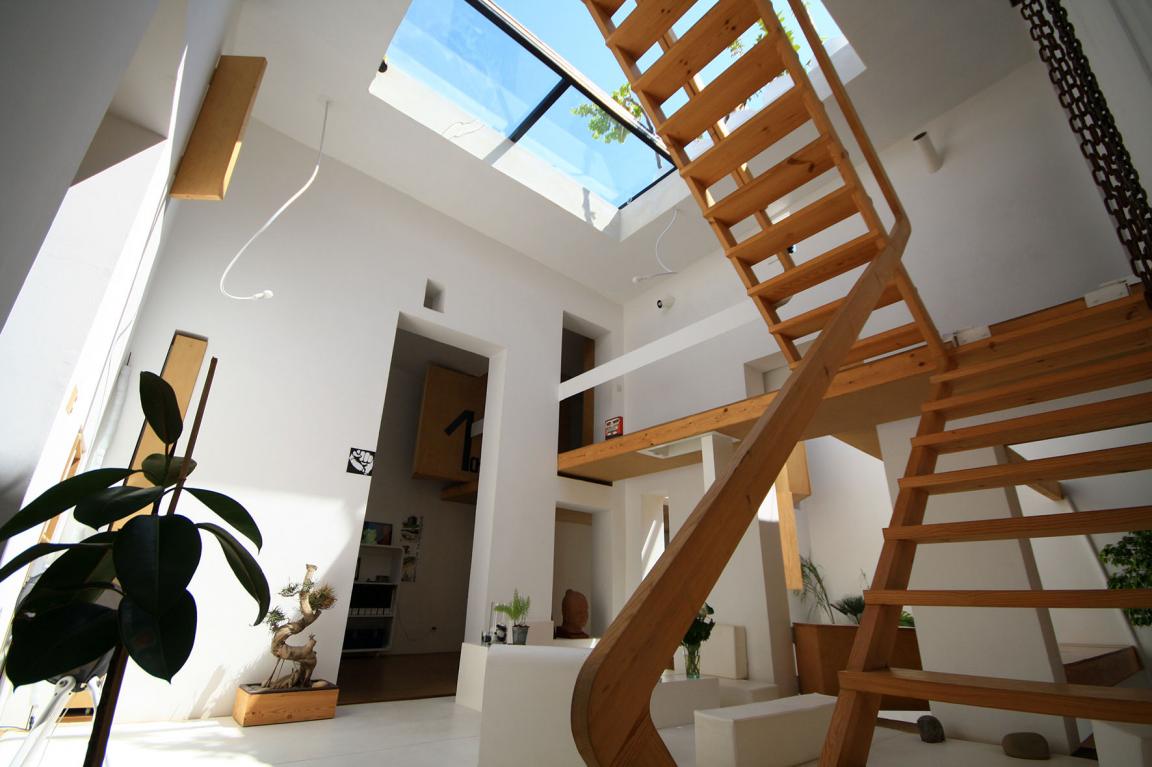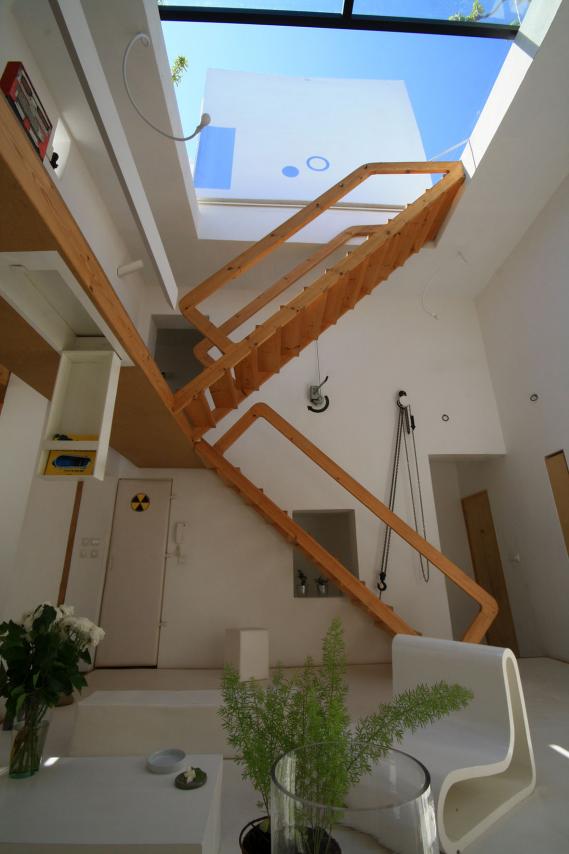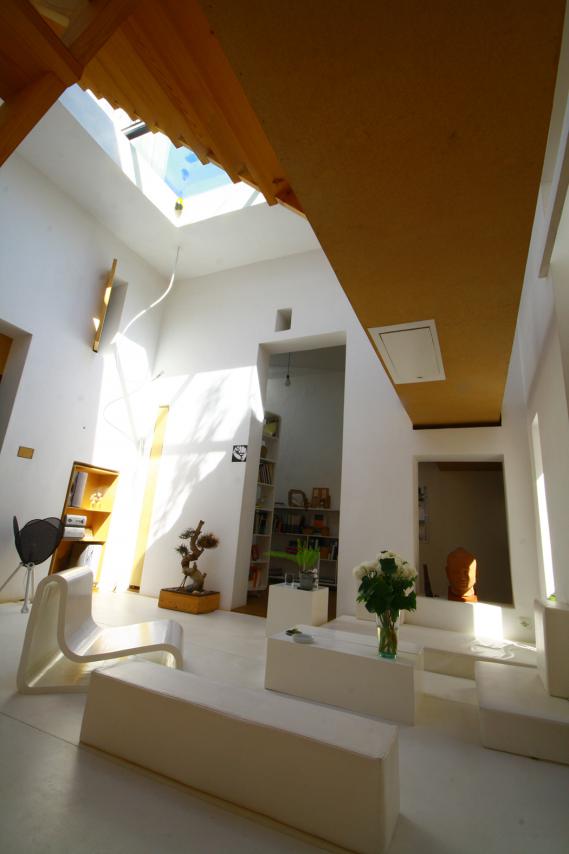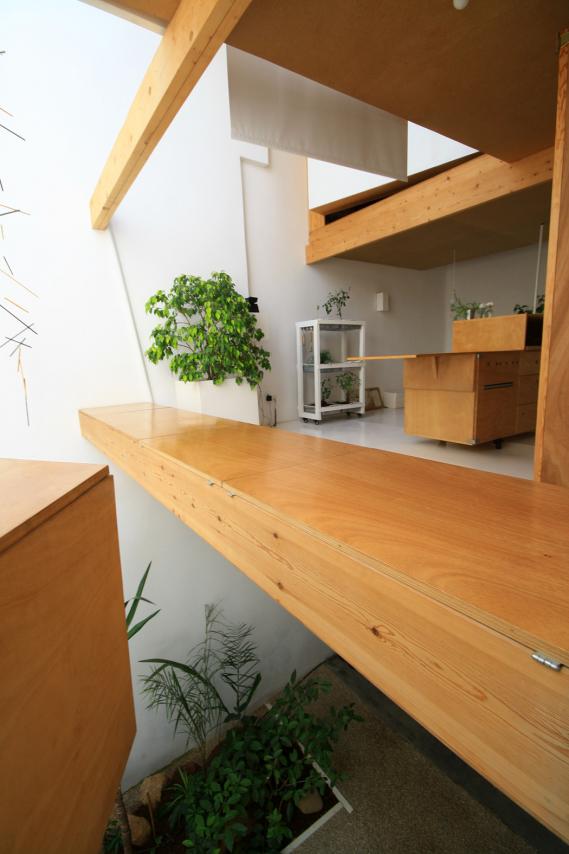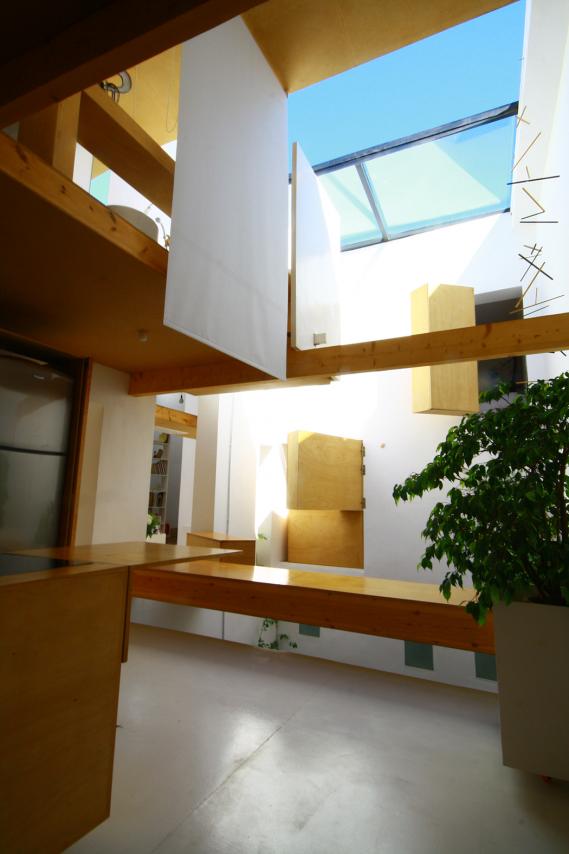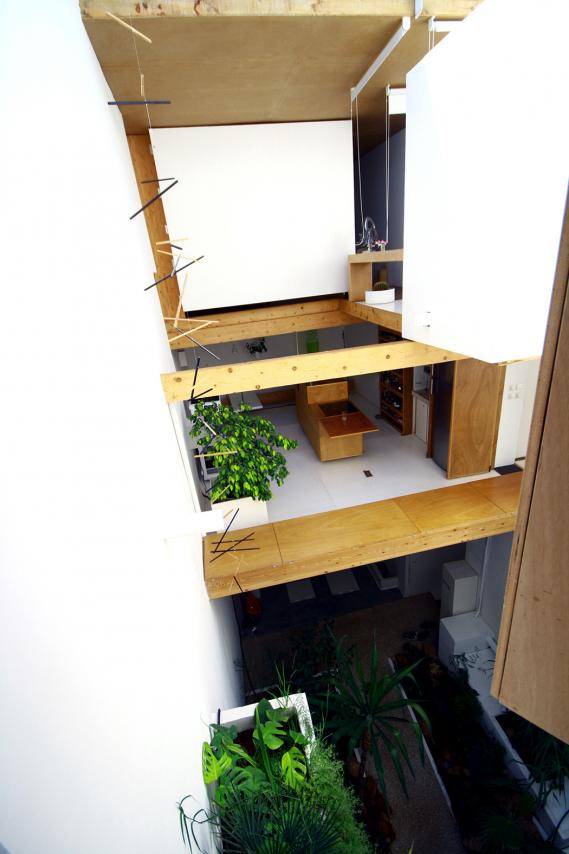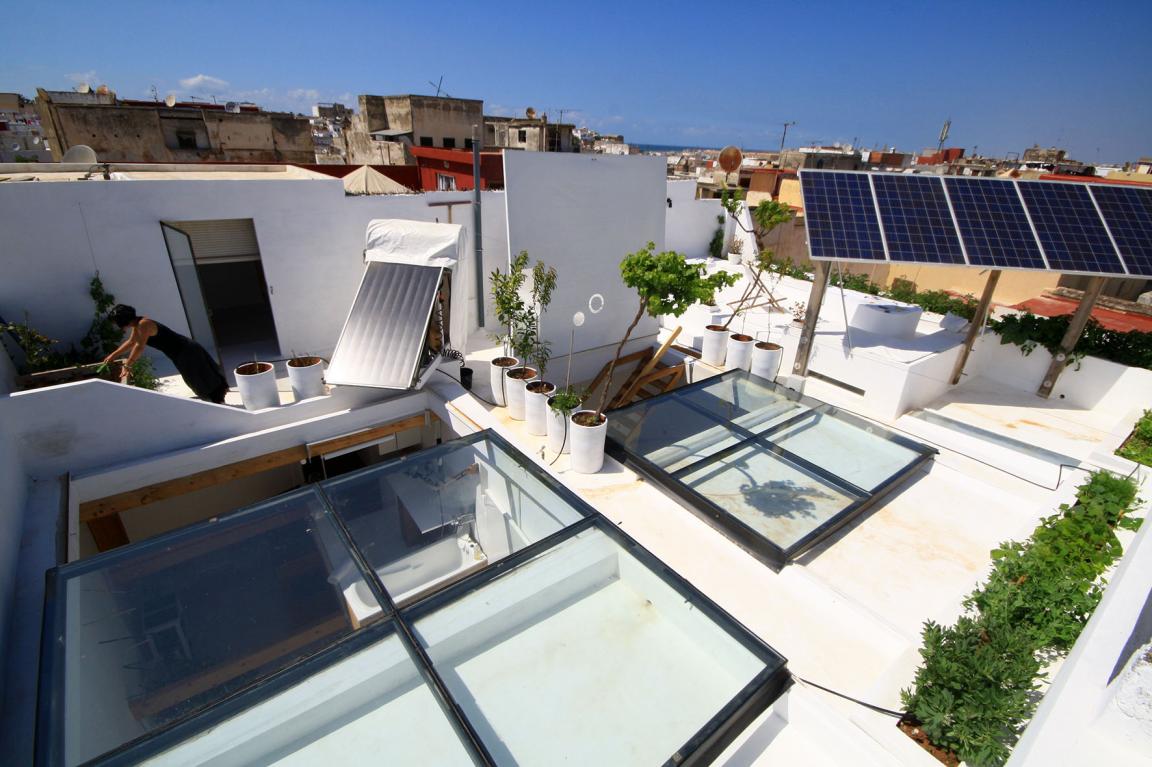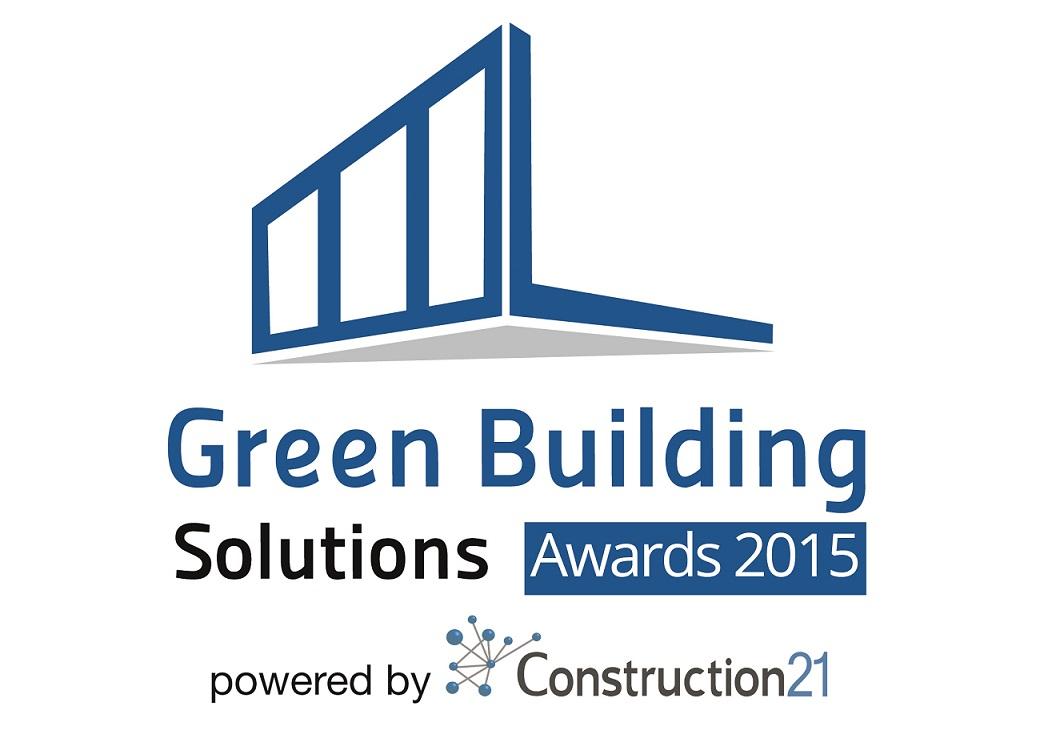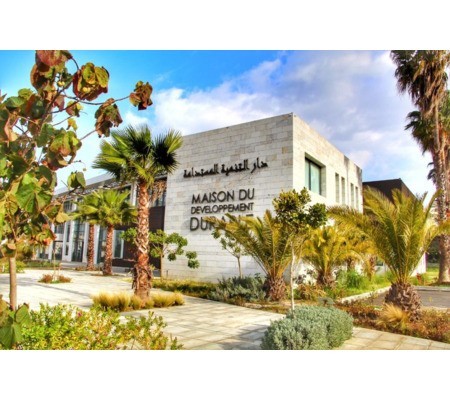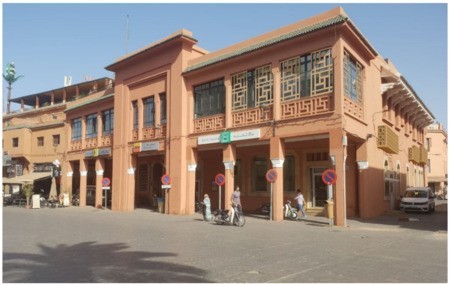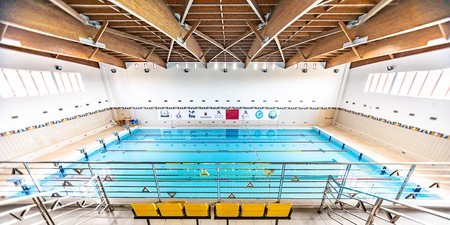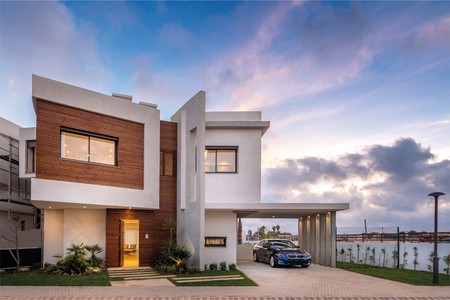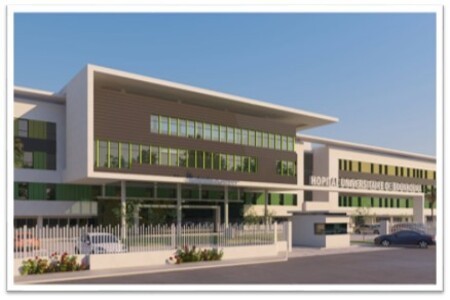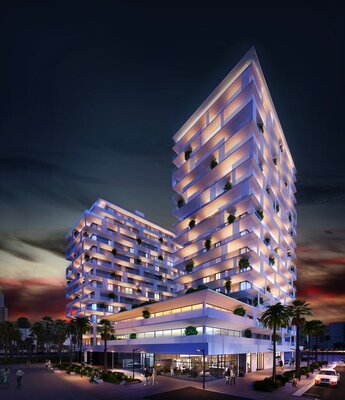Autonomous urban habitat
Last modified by the author on 01/07/2015 - 15:32
Renovation
- Building Type : Isolated or semi-detached house
- Construction Year : 2012
- Delivery year : 2013
- Address 1 - street : Rue Sidi El Maati 10030 RABAT-MEDINA, Maroc
- Climate zone : [BSh] Subtropical Dry Semiarid (Steppe)
- Net Floor Area : 207 m2
- Construction/refurbishment cost : 70 000 €
- Number of Dwelling : 1 Dwelling
- Cost/m2 : 338.16 €/m2
-
Primary energy need
1 kWhep/m2.an
(Calculation method : Other )
Former Riad in the medina of Rabat transformed into modular triplex loft 100% autonomous (energy / water / waste)
See more details about this project
http://actus.cazeco.com/post/2013/05/28/R%C3%A9novation-autonome%2C-M%C3%A9dina-de-Rabathttp://www.illionweb.com/maison-autonome-et-ecologique/
http://www.forum-2dbat.net/showthread.php?1361-Habitat-urbain-autonome-et-%E9volutif-%E0-Rabat
Data reliability
Assessor
https://www.construction21.org/maroc/data/sources/users/151/cazeco---attestation-tig3.docOwner approach of sustainability
4 years ago we decided to try a new concept of housing based on autonomy (water, energy, waste) and are thus reached the first independent urban habitat networks (and probably in the world, existing examples concern as villas or rural housing). The idea is to show that most of our needs can be covered hyper local level. Full autonomy (water, energy, waste), the total independence vis-à-vis integrated production networks and 50% of our vegetables have a major impact on the management of cities. Dams, water towers, sewage systems, energy distribution, substations, sewage treatment plants, water purification, production of electric power ... etc. : Maintenance of all these networks is so expensive that all accused major maintenance problems, including in developed countries. 40% of drinking water is lost in the endless pipes leak, and 15% of the electricity generated is dissipated by Joule effect. Energy independence, food and water is a major factor of international stability. After years of research, testing, proposals, this 100% autonomous house was made possible, offering amazing and fun areas and at very low costs. This fundamental first step allows to consider the autonomous city and the impact of this radically bioclimatic approach announce new paradigm of urban life in symbiosis with nature's cycles.
Architectural description
This 200m² property is designed according to specific rules: autonomy, respect for natural cycles, compactness and complexity. The main difficulty has been to achieve reproduce on a small scale and accelerated natural cycles (water cycle, cycle of organic matter, energy cycle) and then merge the various devices related to the conduct of these cycles within an architecture that integrates without hiding. This architecture, in addition to endorse these technical devices is innovative in terms of occupancy space strategy. Modular, it allows a real nomadism as needed (use change, transformation or reduction of spaces), the seasons, or the number of occupants (modification of the division). No fixed space to which a function is assigned; in this house everything changes and moves. The cybernetic approach is based on the relationship between the elements of a system in equilibrium. The items must be as simple as possible in the formal and constructive plan, but to establish the complex relationships between them. The goal is to increase opportunities for compatible inter-element relationships to achieve multiple formal combinations (some of which are not known to the designer). This results in a dynamic system, architecture, scalable and which potentially contains many spatial configurations. Materials used: the existing walls of earth / stone, wood and concrete high ceilings, insulation cork, intermediate floors in wood, steel doors and windows double glazed. Bioclimatic processes for autonomy: -2 Verrières totaling 24 m² double glazed for heating in winter. All windows are double glazed. -Walls Very high thermal inertia (earth / stone) -Isolation roof cork. -Recovery Rainwater in a cistern (40 m3) to power the entire house, after filtration and UV treatment Ultra microfiltration for drinking water. And filtration of gray water (aerobic reactor). Reusing treated water for watering the terrace (drip). Automatic dry -Toilet (ventilation and heating compost) -Robinetterie low water consumption (infrared). -tri Waste for composting -Potager terrace providing half the vegetables consumption. PV power -Power (5200 w / h / d) -Chauffe solar water 200l induction cooking -Plaque (low consumption). -Washing Machine powered by solar hot water (2/3 reduction in power consumption). -refrigerator High energy performance (300 w / h / d). Very low consumption -Lampes (yellow light). The house is organized as a triplex loft offering completely flexible spaces. On the ground floor there is a small garden lit by a large glass roof. Upon entering the premises we perceive the entire volume of the house with its different levels, as if we had to remove the walls to discover the spaces. In this garden is installed all the gray water treatment system as well as access to the well and the tank. A large white staircase leads to the upper level and leads to a lounge on the soft ground (tatami style) bathed in light thanks to a second hood. Hence, it flows in several spaces open to each other and closable, turn, change jobs ... A wooden staircase can be lifted and unlock the central space leads to another totally built level in wood. There are several convertible rooms connected by walkways. The bathroom is fully open and concealable through white blinds, floating above the tub in the garden. The dressing unfolds and becomes a real space or rather disappears and is no longer that of furniture. The terrace hosts the photovoltaic panels that also function of canopy dining area. On all edges fall fall vegetable garden and a welcoming flower pots for fruit trees. A small bedroom / living room is built on the terrace.
Energy consumption
- 1,00 kWhep/m2.an
- 50,00 kWhep/m2.an
- 70,00 kWhep/m2.an
Envelope performance
Systems
- Others
- No heating system
- Solar Thermal
- No cooling system
- Natural ventilation
- Solar photovoltaic
- Solar Thermal
- 100,00 %
Life Cycle Analysis
Water management
- 60,00 m3
- 60,00 m3
Comfort
Product
Biolet Multoa
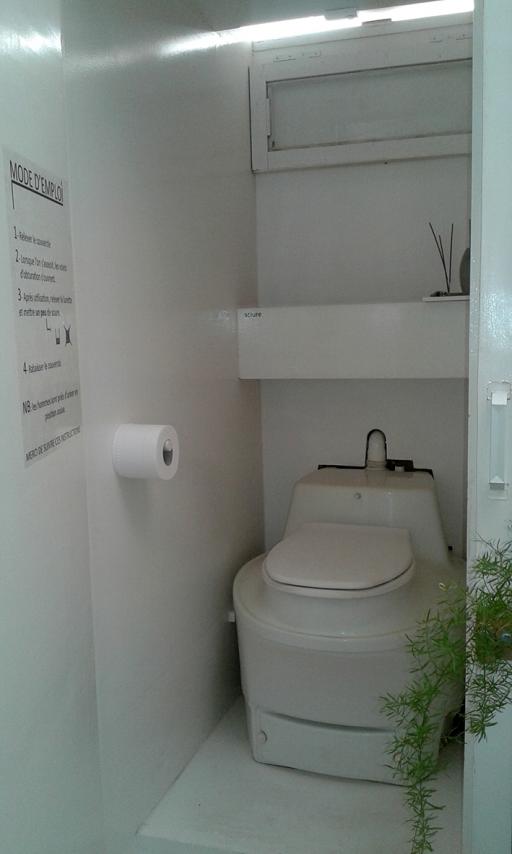
Biolet Headquarters
Biolet Toilet Systems, 830 West State Street, Newcomerstown, Sweden. Tel : 1 800 524 6538
www.biolet.comSecond œuvre / Plomberie, sanitaire
Dry composting toilet with electric mechanized system. The peculiarity of these toilets is that they compost the materials within the same toilet without any added chemicals and water. The result of composting is a gift for nature.
We installed them ourselves and habit changes are very fast!
Construction and exploitation costs
- 10 000,00 €
- 70 000 €
Urban environment
Being a renovation in Medina, external facades of the house were not modified, it is perfectly integrated.
Building Environmental Quality
- Building flexibility
- indoor air quality and health
- comfort (visual, olfactive, thermal)
- waste management (related to activity)
- water management
- energy efficiency
- renewable energies
- integration in the land
- mobility
- building process




